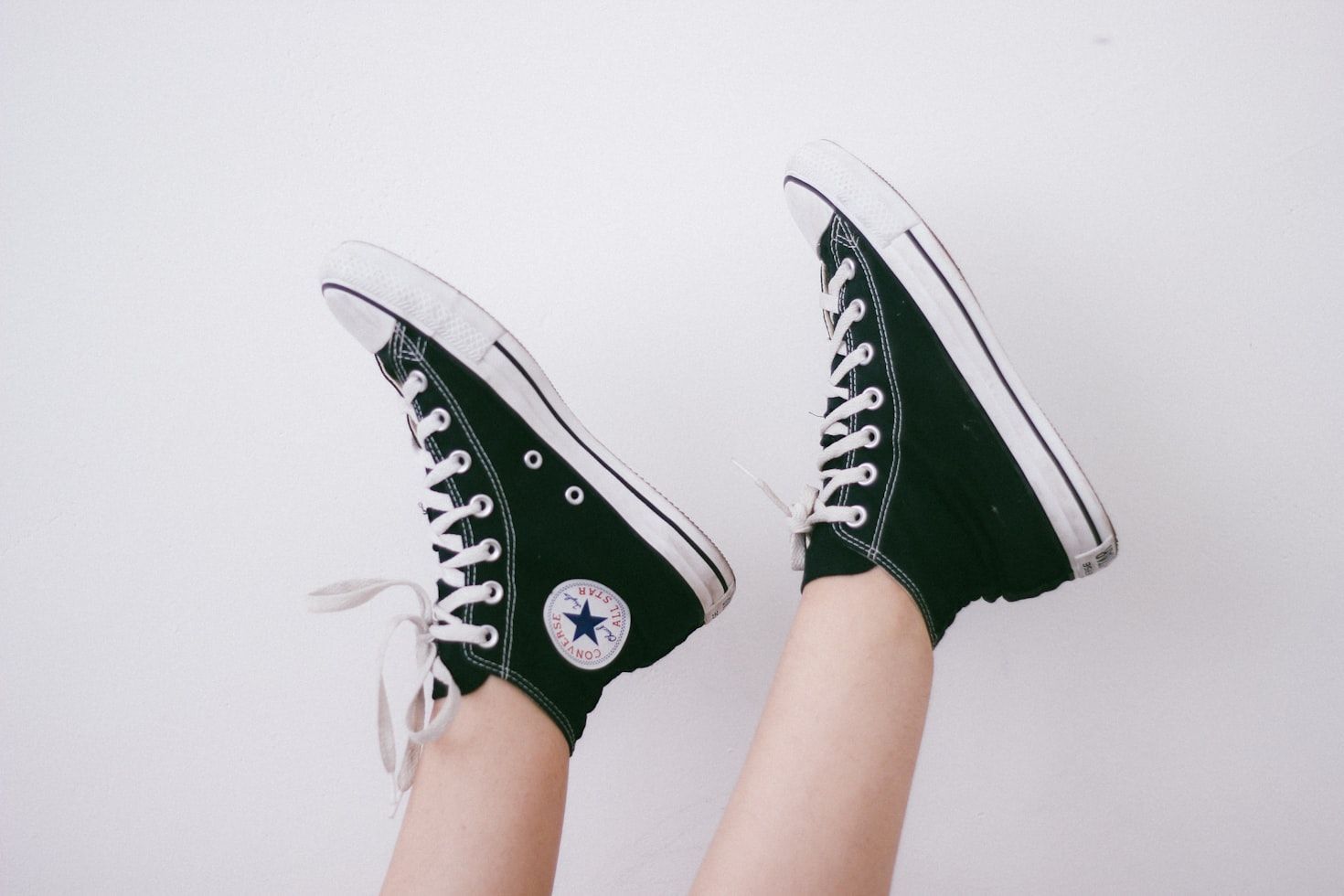ICONIC FOOTWEAR
The origin of these 10 shoes is hard to believe
Published on March 21, 2024
 Credit: Martin Adams
Credit: Martin Adams
Literally anchoring us firmly to the ground, footwear has always been important in shaping culture and society. From ancient civilizations to modern fashion runways, shoes not only helped humanity reach further horizons but also became symbols of wealth, empowerment, or hipness.
Join us as we walk through the annals of time to explore 10 pairs of shoes that made a lasting imprint on the world.
The Oldest Shoe Ever Found
 Credit: rupixen.com
Credit: rupixen.com
In 2008, archaeologists made a remarkable discovery in a cave in Armenia—the Areni-1 shoe, dating back to around 3500 BCE. Crafted from only one piece of leather hide and laced on the top with leather straps, this ancient footwear provides a window into the lives of our distant ancestors. Even more surprisingly, its manufacture is very similar to that of the traditional shoes used today in the Balkans in some festivities!
The Converse All-Stars
 Credit: Camila Damásio
Credit: Camila Damásio
Also known as the Chuck Taylor All-Stars, the iconic sneakers were first introduced in 1917, intended as a basketball shoe that would provide more flexibility and prevent blisters. In 1922, American basketball legend Chuck Taylor approached Converse and offered to redesign the shoe to improve its support and flexibility for professional players. The gamble turned out great, and by the 1960s, the company had captured almost 80% of the basketball shoe market.
The Stiletto Heel
 Credit: Kris Atomic
Credit: Kris Atomic
Named after an Italian dagger for their thin high heels, stilettos took the fashion world by storm after being popularized by French designers Roger Vivier and André Perugia in the 1950s. Afterward, their popularity endured, standing the test of time. With its slender design, the stiletto became synonymous with power, sophistication, and high fashion, coveted by celebrities and fashion icons worldwide.
Air Jordans
 Credit: Paul Volkmer
Credit: Paul Volkmer
Nike's Air Jordan sneakers were initially made for basketball legend Michael Jordan in 1984, during his time with the Chicago Bulls. Released to the public a year later, they forever changed the landscape of athletic footwear. Combining cutting-edge technology with street-style aesthetics, Air Jordans became a cultural phenomenon, even luring collectors worldwide into acquiring special editions of the sneakers.
The league's rules stated that shoes had to be at least 51% white, so the NBA fined Michael Jordan $5,000 every time he wore his Air Jordan shoes during their debut year. Nike capitalized on this, allegedly paying the fines for Mike and using the ban as the basis for a marketing campaign. The rest, as they say, is history.
The Dr. Martens Boot
 Credit: graphic mu
Credit: graphic mu
Originally designed for workers in the late 1940s, Dr. Martens boots surprisingly evolved into a symbol of counterculture and rebellion, becoming strongly associated with the punk subculture. Over the years, the sturdy boots have garnered a cult following that transcends genres and fashion styles, with some notable customers including Pope John Paul II and the Dalai Lama.
The Platform Shoe
 Credit: davide ligabue
Credit: davide ligabue
Present in many cultures since ancient times, platform shoes were often designed simply to keep wearers’ feet dry in soggy ground or mud. In some cases, they were used by performers to stand out better during plays. However, it wasn’t until the 1970s that this type of footwear reached worldwide popularity, when they were embraced by disco culture and worn by both men and women.
Wooden Clogs
 Credit: Manel & Sean
Credit: Manel & Sean
Originally worn by workers in rural Europe, clogs have evolved from humble footwear to cultural icons. Built from a single piece of wood, these sturdy yet functional shoes are as good for farm work as they are for making bold fashion statements. Many makers continue to use the same traditions and craftsmanship of countless past generations, linking past and present through their iconic frame.
The Pointe Shoe
 Credit: Sarah Cervantes
Credit: Sarah Cervantes
A staple of classical ballet, the pointe shoe symbolizes grace, strength, and discipline. Designed to support dancers when performing pointe work (standing on the tips of their toes), these iconic shoes have been perfected over centuries, allowing ballerinas to defy gravity for longer and effortlessly move with elegance in complex choreographies.
The Espadrille
 Credit: ElArtesano1891
Credit: ElArtesano1891
Originating from the Pyrenees in the 14th century, espadrilles have stood the test of time as a versatile and comfortable footwear option. With their distinctive jute soles and canvas upper, espadrilles are not only functional but can also be quite sophisticated. This deceptively simple footwear was loved by the likes of Picasso, John F. Kennedy, and Yves Saint Laurent.
Crocs
 Credit: Nathan Dumlao
Credit: Nathan Dumlao
Whether you love them or not, Crocs have become a popular choice in casual footwear since their introduction in 2002. Inspired by traditional wooden clogs and known for their lightweight design and iconic perforated holes, Crocs are made with comfort and practicality in mind. Though most people disliked their appearance at first, they eventually garnered a dedicated following, even drawing many celebrities to the fandom.










